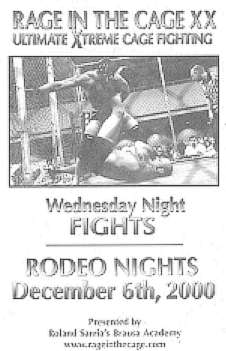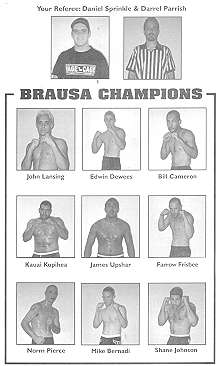Going to Ground
So that’s it: I am now officially a resident of the United States of America, having returned last week to London and acquired my permanent (well, until November 2003 at least) visa. That was an experience in itself, making my way through the bunker-like security round the American Embassy in Grosvenor Square, which must be the ugliest building in London – imagine a multi-storey car-park with an F-sized golden eagle tacked on the front. And the ugliness seems to rub off on the staff, who redefine the terms “taciturn” and “unhelpful”. Oddly, they seemed to be mostly British, so they were possibly miffed to be faced on a daily basis by people going to a more hospitable climate.
Just to welcome me to London, it snowed, and remained largely dank and miserable for my week there. It’s amazing how rapidly a place ceases to feel like home, especially when, as in my case, you no longer have any possessions there [the latest word is that they are currently clearing US Customs in San Diego – reports of cases of popcorn and beer being delivered to their offices in preparation for an all-night video session are as yet unverified]. In addition, my room in Perran Road had been redecorated, removing the final traces of my personality from it – Steve and Abigail had done a very nice job on it, to be sure, but it did leave me feeling even more like a guest in my own home.
So I was doubly glad to return to Phoenix, even if I almost immediately came straight down with the nastiest bout of ‘flu I’ve bumped into for quite some time – most likely picked up in the all-you-can-eat bacterial buffet which is British Airways World Traveller Class. I’m not quite over it yet, but am certainly feeling a good bit better than I was: for someone whose constitution is usually horse-like, it’s a bit of a shock to find yourself crawling to the bathroom on hands and knees, in order to cough up a lungful of green, tenticular slime.
Still, this did allow me to become acquainted with American daytime television, which proved beyond all doubt that more channels is not necessarily better. Indeed, it may be that the reverse is true, because it dilutes the audience for each, reducing the advertising revenue and leaving the programme makers desperate to find the cheapest way to fill the afternoon hours (when, after all, no-one whom advertisers want to appeal to is going to be watching anyway). On the plus side, I can thoroughly recommend high-school basketball as a sedative; much-needed sleep rapidly followed.
At least spring is on the way – or may be, because that decision rests in the hands of a burrowing rodent called Phil. Yes, tomorrow is Groundhog Day, another of those American traditions like Prom Night, only familiar to us Brits through the medium of Hollywood – as an a homage, I did toy with the idea of just repeating last week’s editorial and seeing if anyone got the joke. But in case you’ve not seen the Bill Murray movie, the idea is that the behaviour of said critter determines whether winter is over or not: if he can see his shadow, it means six more weeks before spring. [I have to confess to suppressing a snigger on learning that the whole thing takes place on a hill called “Gobbler’s Knob” – scarcely more sensible is the town name, which is the Scrabble-icious “Punxsutawney”.]
It’s apparently based on an old proverb: “If Candlemas Day is bright and clear, there’ll be two winters in the year.” How this got converted into something involving a furry sundial is less clear, but the critter in question is now a celebrity, possessing an electrically-heated burrow. One wonders why the animal-rights activists haven’t stopped this heinous and vicious experiment, involving as it does evicting a poor animal from its house. Such disruption permitting, tomorrow morning’s ceremony will no doubt be a staple of much of daytime television. At least it’s not high-school basketball.


